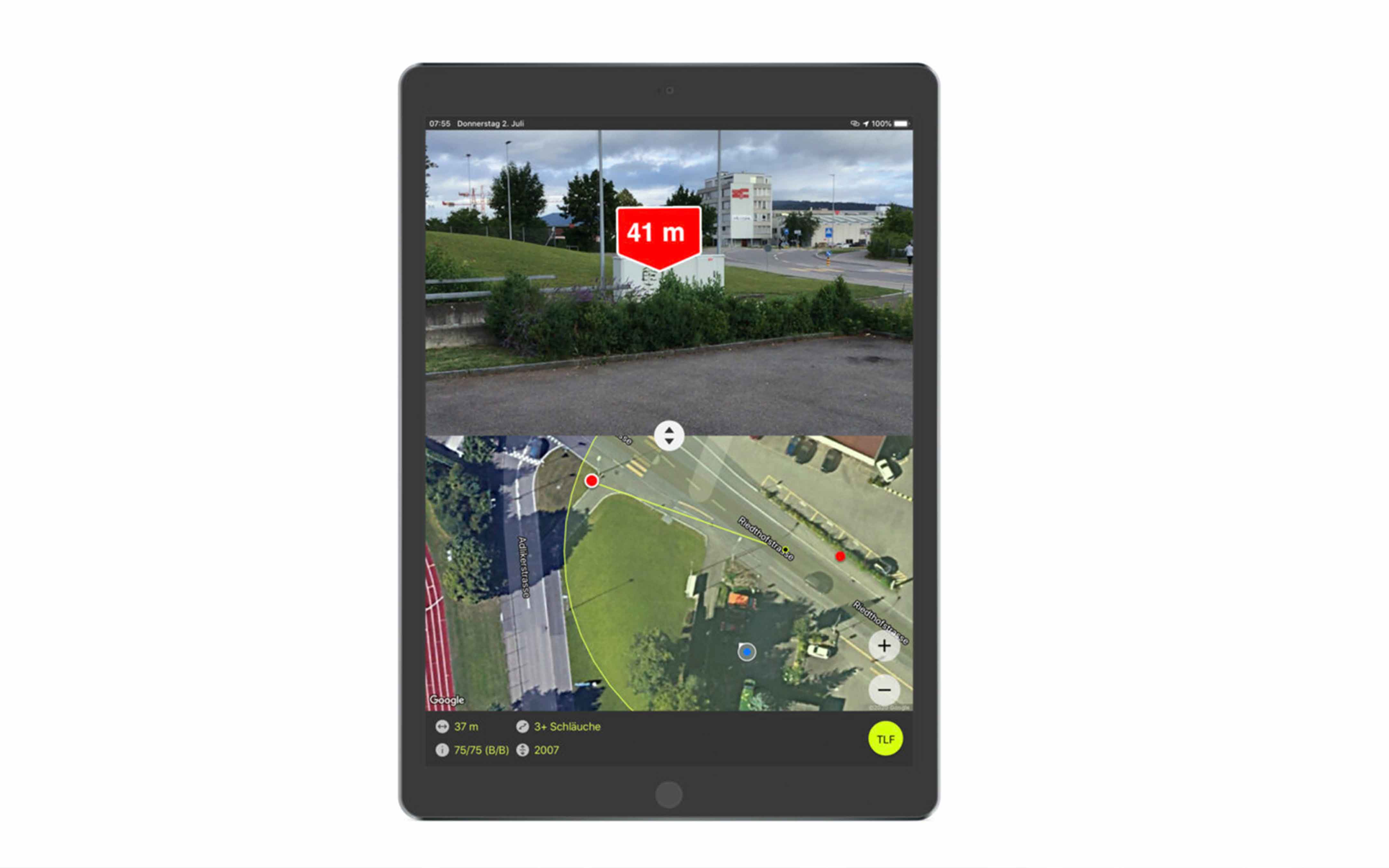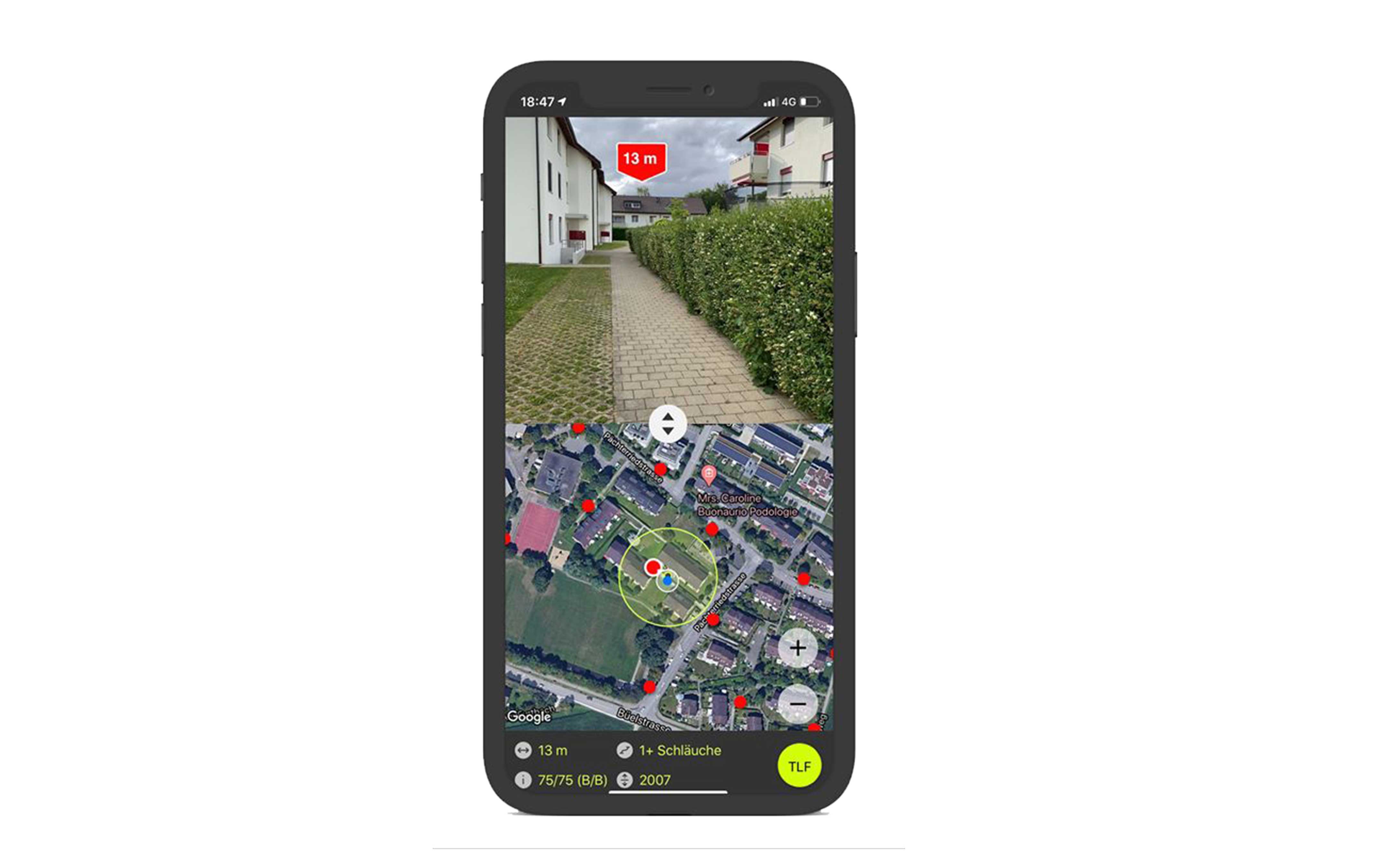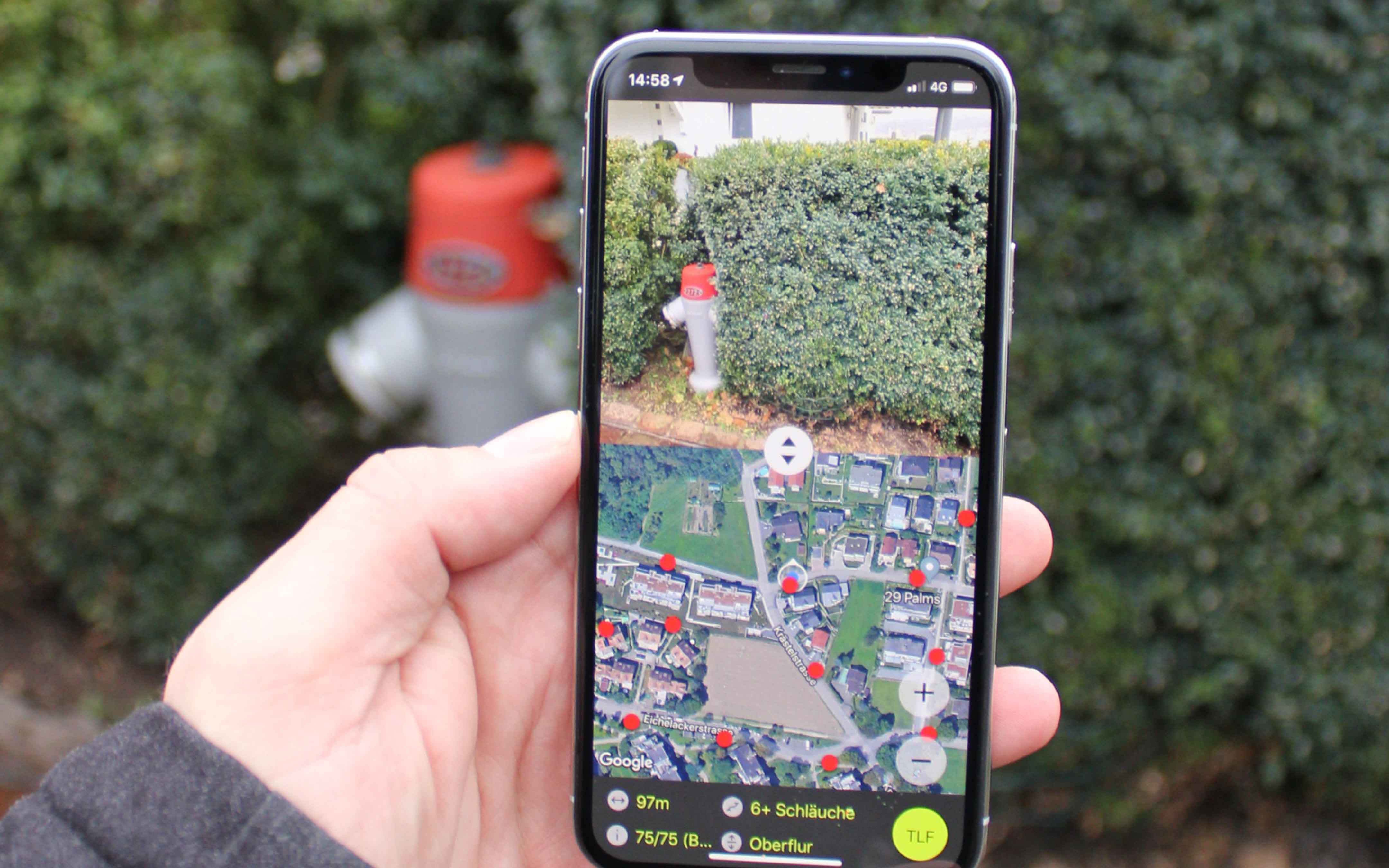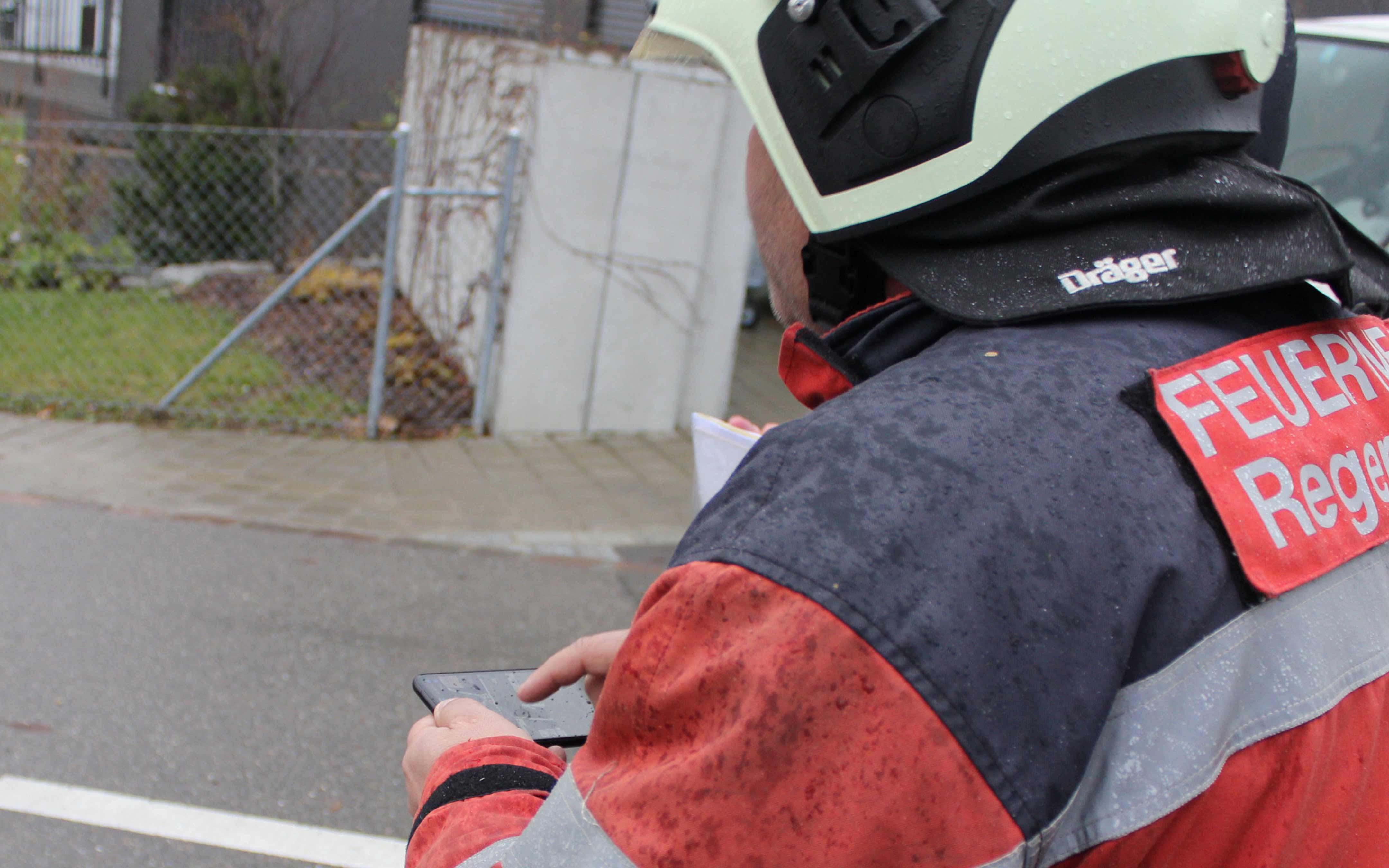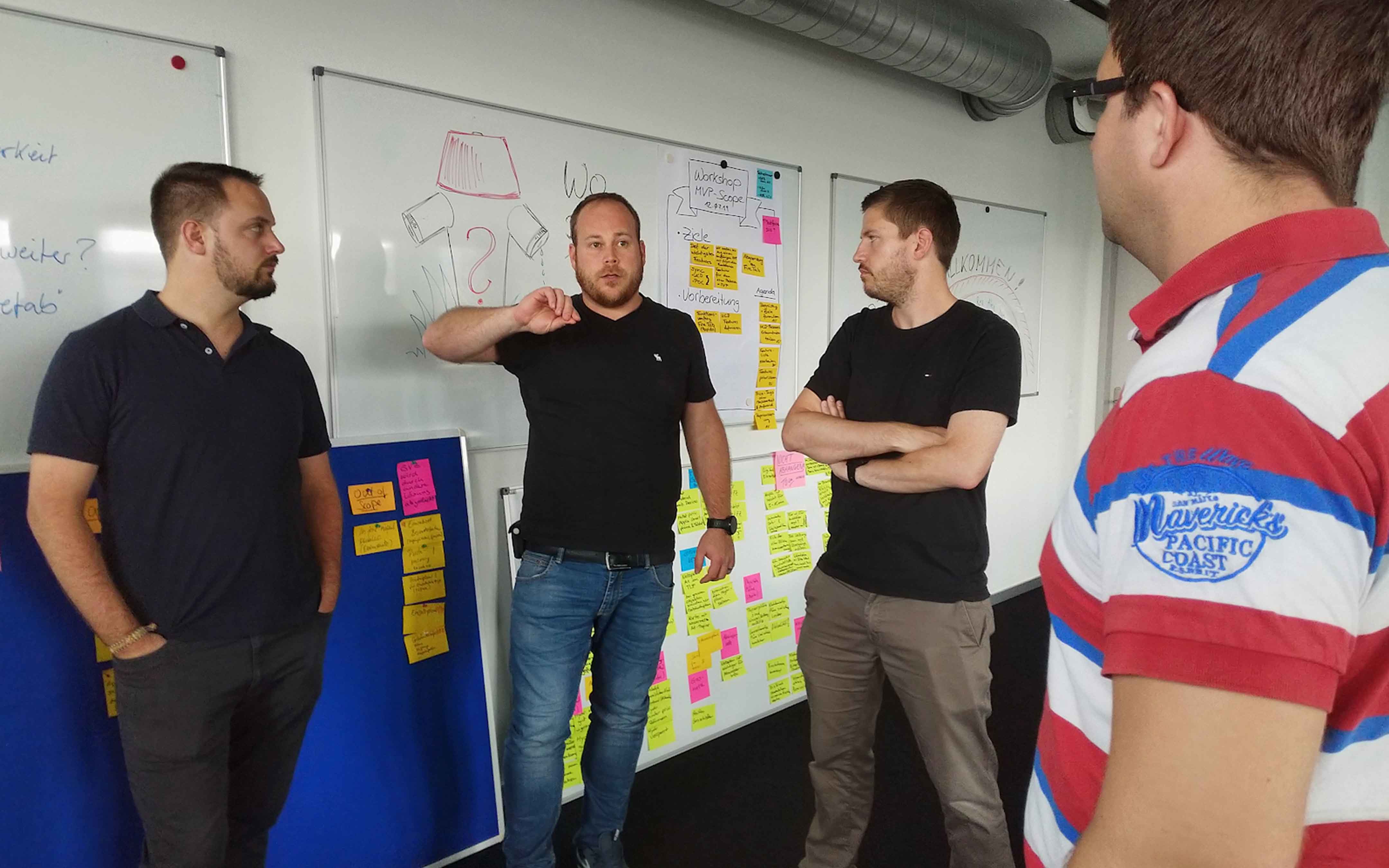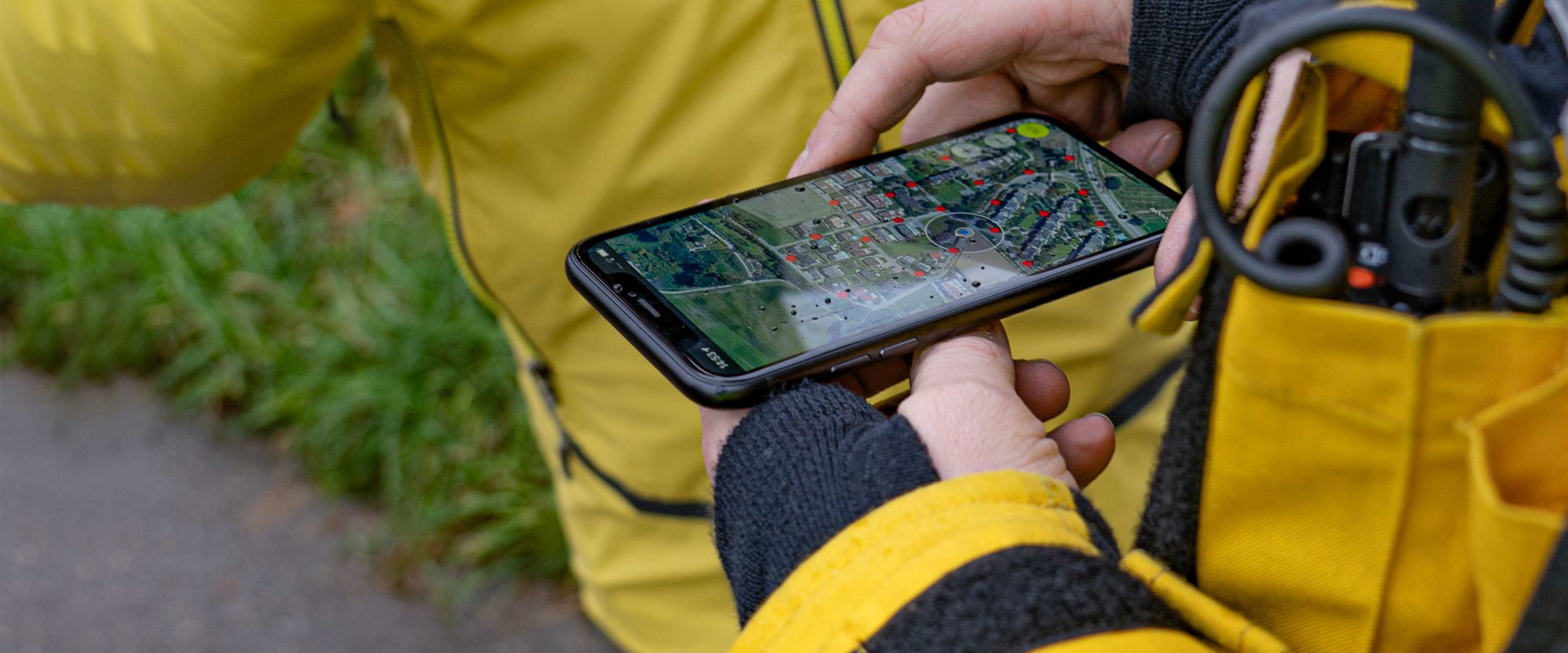
GVZ
Hydrant Finder App
In a fire, every second counts, especially when you need to locate the nearest fire hydrant. To assist firefighters, ti&m has joined forces with the building insurer GVZ Gebäudeversicherung Kanton Zürich to develop Switzerland’s first-ever hydrant finder app. It shows smartphone or tablet users the location of the nearest hydrant, the types of connector, and the number of hose lengths needed. This is possible with augmented reality.
“These are exactly the type of innovative technologies that our firefighters need to provide even better protection to our population – for people, animals, and infrastructure – today and in the future.”– Kurt Steiner - Head fire department GVZ

Head Agile Projects Zurich
Dieter Abplanalp
Call us or send us an email, we are happy to help you.






